There are few things in life more joyful than owning a dog. After all, what’s better than coming home every day to unconditional love and excitement?
However, owning a puppy as a pet can be expensive! Before bringing a new pet home, it’s important to ensure that you can truly afford it.
Many people underestimate the true cost of dog ownership because they don’t account for the small recurring expenses each month. Additionally, at some point, you might face significant veterinary costs, especially when your dog enters its senior years.
In this guide, we’ll outline all the costs associated with owning a dog to ensure your budget can handle it. Generally speaking, the cost of owning a dog ranges from $50 to over $3,000, depending on the breed and where you live.

Key Points to Consider Before Getting a Dog
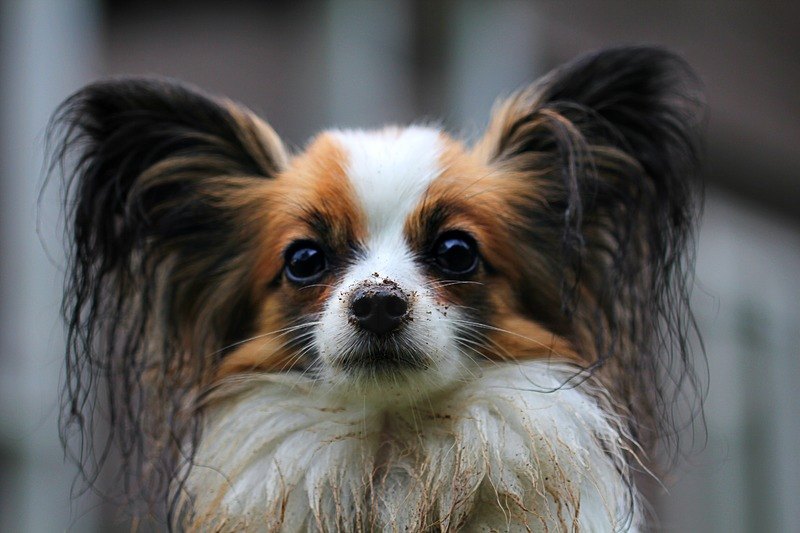
It’s important to note that most of these costs are based on adopting a puppy. Adopting an older dog is somewhat similar, but in many cases, adopting an adult dog will be cheaper in most aspects.
Additionally, the breed and size of your dog will significantly impact costs. Some breeds (like the English Bulldog) are expensive to care for due to frequent health issues. In contrast, other breeds (like mixed-breed dogs) are much more affordable.
Moreover, the size of your dog also affects your expenses. Large dogs will cost more to care for than smaller dogs because they eat more and often require more healthcare when they get older. However, small dogs may have higher lifetime costs because they typically live longer than large dogs.
All of these figures are estimates. Your actual costs may be higher or lower. You can also reduce costs by trading time for money (such as playing with your dog instead of buying expensive toys) and cutting corners elsewhere (for example, buying supplies from a dollar store instead of an expensive pet shop).
Bringing Your Dog Home
When calculating the cost of owning a dog, many people only think about the actual cost of the dog itself. However, you’ll need more than just an animal, and the initial cost of dog ownership will be one of your biggest expenses.

The Cost of the Dog Itself

The price of a dog depends on various factors, including breed, purchase location, and whether you adopt or buy. It’s nearly impossible to give a definitive answer, but here’s an idea of the potential range for some of today’s most popular breeds:
| Breed | Low-End Cost | High-End Cost |
|---|---|---|
| Labrador Retriever | $300 | $1,500 |
| Rottweiler | $500 | $2,500 |
| German Shepherd | $800 | $3,000 |
| French Bulldog | $800 | $3,000 |
| Yorkshire Terrier | $600 | $3,000 |
As you can see, most purebred dogs aren’t cheap. If you’re attached to a specific breed, you’ll need to ask yourself what it’s worth to you.
Don’t look for the cheapest breeder you can find. Many low-cost breeders are actually disguised puppy mills. Not only is this unethical and terrible for the animals, but puppies from puppy mills have a higher risk of health problems later in life, meaning that all the money you saved upfront (and more) will be spent on veterinary bills down the road.
A more affordable way to get a dog is through adoption from a shelter or rescue organization. You can adopt a dog for just $50 (many shelters have special days where fees are even lower), so adopting a dog is a great financial decision.
You might not be able to get a purebred dog through adoption, but mixed-breed dogs are just as good (and much cheaper).
Total cost of getting a dog: $50 – $3,000+
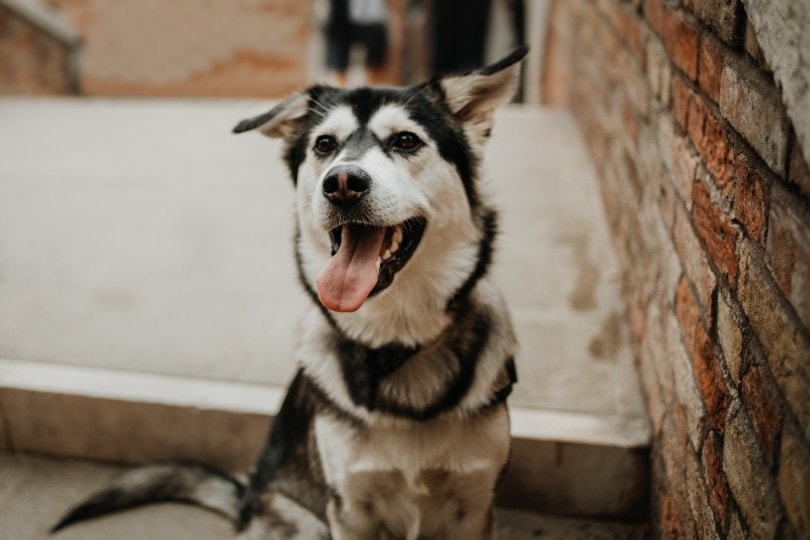
Equipment You’ll Need
Your expenses aren’t limited to just the dog—you’ll also need to buy all the necessary supplies. If you already have a dog and most of the equipment, your costs will be lower, but if you’re starting from scratch, you’ll need to spend a significant amount at the pet store.
Here are some of the basic supplies you’ll need for a new dog:
- Food and water bowls
- Collar and leash
- Crate with a bed
- Toys
- Food
You can get creative and avoid some of these costs (for example, using a few old bowls for food and water), and you don’t have to pay high prices for every item. Either way, you should expect to spend a decent amount in the first few days of bringing your dog home.
Initial supplies cost: $50 – $200+
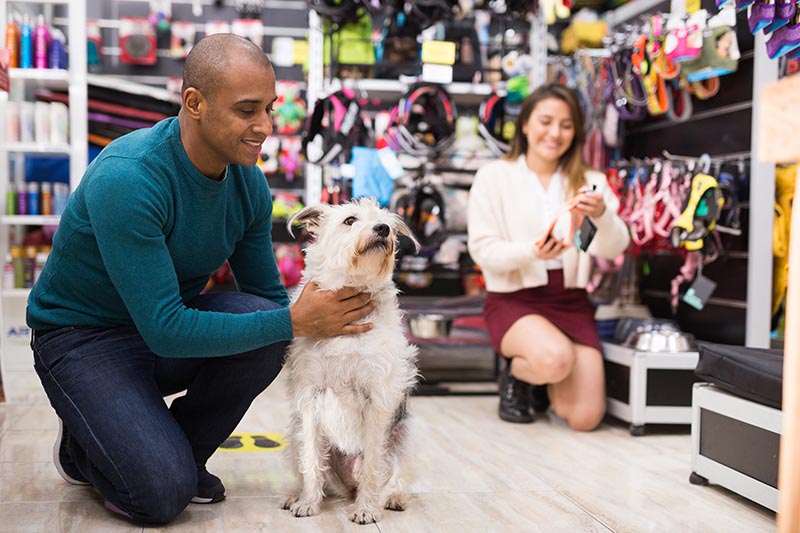
Initial Veterinary Expenses
During the first few months after bringing your new dog home, they’ll need to visit the vet several times. They’ll require a series of vaccinations, an initial check-up, and should be spayed or neutered once they grow a bit.
Depending on where you adopt your dog and their age, you may not need to pay for all of these costs yourself. Most shelters will vaccinate puppies at the appropriate time and usually spay or neuter them before adoption. These fees may or may not be included in the adoption fee.
Many breeders (at least reputable ones) will ensure that your puppy is up-to-date on vaccinations and has received other necessary healthcare before you bring them home. After all, having a healthy dog is beneficial to them, as selling puppies that die shortly after adoption isn’t good for business.
Still, you should take your dog to the vet. They can tell you whether your dog has any serious health problems or is prone to any future issues.
Initial veterinary care costs: $100 – $300+
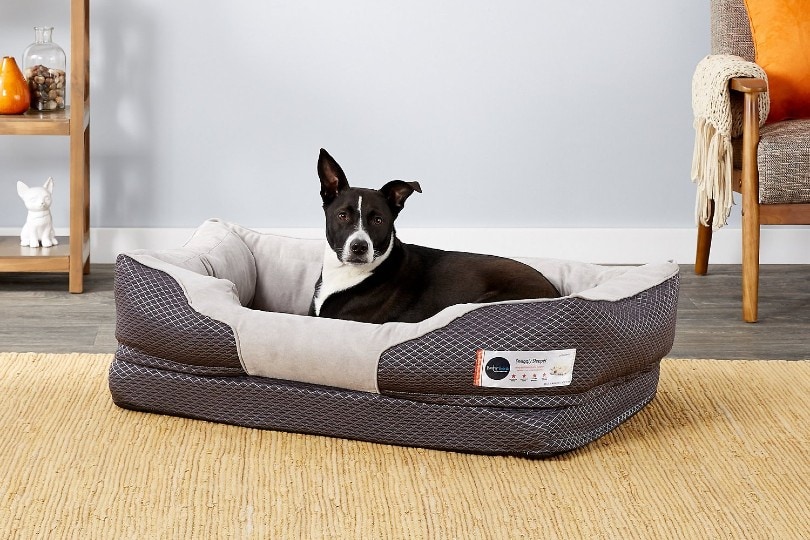
Training and Obedience
You want a friendly and well-behaved dog, not one that scares people. Training is especially important for large dogs, as they can be dangerous if not well-behaved.
Training is an optional expense. While training is absolutely necessary, you can (and should) train your dog yourself. Anyone can teach a dog basic obedience skills, even with no prior experience. You can buy a book or an online course or simply use free resources on websites like YouTube (many are excellent).
However, if your dog has serious behavioral issues or you don’t have the time or inclination to train them yourself, you’ll need to hire a professional. Professional trainers can be quite expensive, especially if you want one-on-one guidance instead of group classes.
Obedience training costs: $0 – $500+
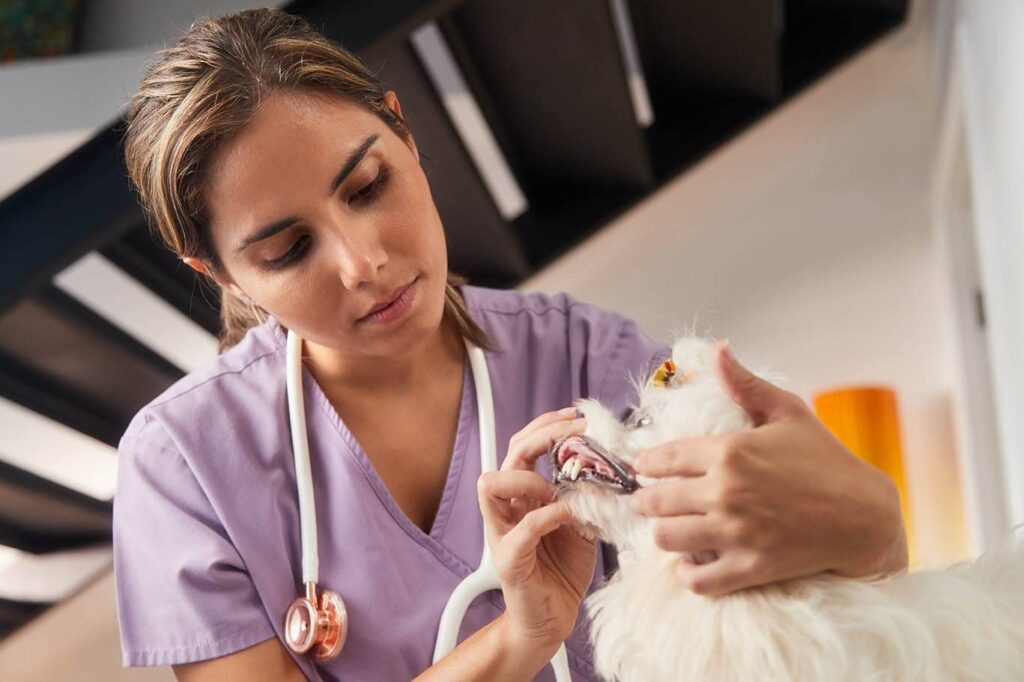
“Normal” Ongoing Costs
After owning your dog for a while, you’ll notice that one-time costs drop off, and your expenses stabilize. This represents the “normal” cost of dog ownership. However, it’s important to note that there is no such thing as a truly fixed cost, as expenses vary depending on the breed and individual dog.
Food
Dogs need food (some dogs eat a lot), so pet food will become a regular monthly expense throughout your dog’s life.
This is one of the largest ongoing expenses you’ll encounter as an owner, but we encourage you not to skimp on dog food. Feeding your dog high-quality food (rich in protein and free of fillers and additives) is beneficial for their health and can even save you money on future veterinary bills.
It’s also important to feed your dog the right portions. Overfeeding won’t benefit your dog, even if you’re giving them the healthiest food, and obesity is harmful to their long-term health.
Food costs: $20 – $100+ per month

Routine Veterinary Care
Even healthy dogs need regular vet visits, so you should budget for these expenses. As long as your dog is healthy, they shouldn’t need to visit the vet more than twice a year. You’ll also need to keep up with their vaccinations. While this isn’t expensive, don’t forget to include it in your budget, as these costs are non-negotiable.
Your dog might need various forms of preventive care, like flea or tick treatments or supplements like glucosamine. These aren’t huge expenses, but they represent the “hidden costs” that most people don’t consider.
Routine veterinary care costs: $100 – $300+ per year

Toys and Other Supplies
Your dog needs entertainment, so you’ll need to buy new toys throughout the year. This can be one of the hardest things to cut back on, as some owners rarely buy new toys, while others spoil their dogs constantly with new gifts.
Note that we’re not saying one approach is better than the other. You can save money by giving your time and attention to your dog instead of buying toys. Your dog will no doubt enjoy running around with you more than getting a new chew toy or tug rope. However, toys can enrich your dog’s life and challenge their brain, making playtime more fun and meaningful for both of you.
If you invest in durable, high-quality toys (and your dog isn’t one of those that destroys everything in sight), your toy budget shouldn’t be too high. However, if you want to give your dog the best toys, it’s easy to spend over $100 a month.
You might also need to buy other supplies from time to time. This could include replacing worn-out collars or chewed-up brushes or buying new items that suddenly become necessary, like steps to help your dog climb onto the bed.
Toy costs: $5 – $100+ per month
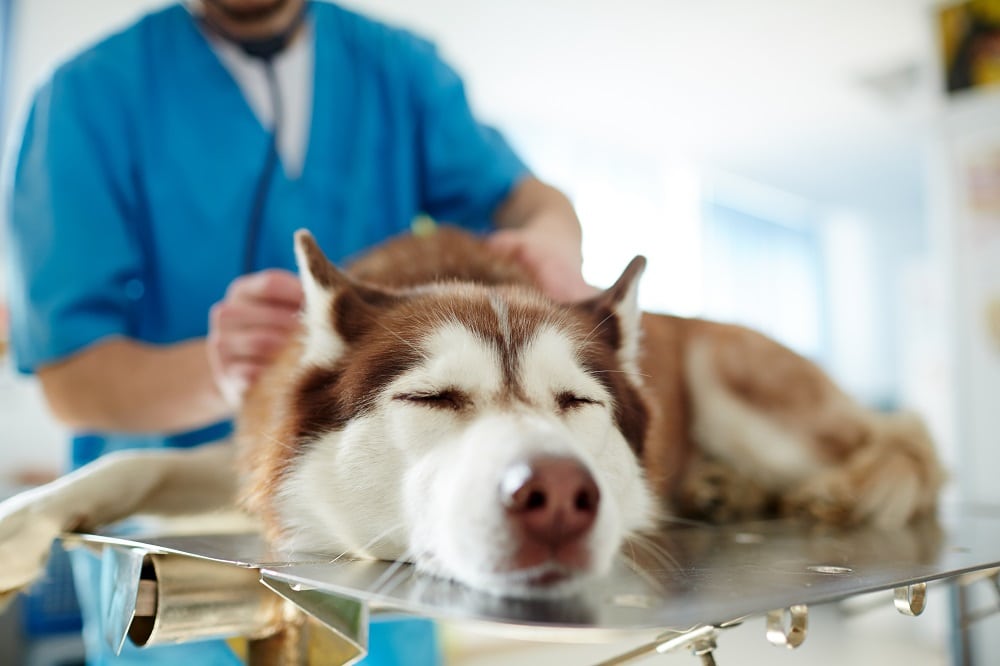
Insurance
Pet insurance is a surprisingly polarizing topic. Some people think it’s essential because it protects you from having to make tough decisions during emotionally charged moments, while others believe it’s a scam and that the premiums far exceed the cost of self-funding the same treatments.
We won’t tell you which side to take, but pet insurance is an important consideration when thinking about your long-term dog ownership costs.
Insurance costs: $0 – $100 per month
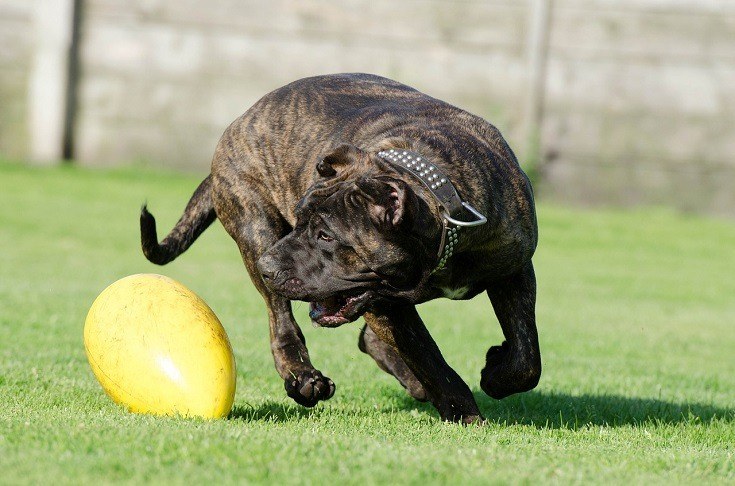
Conclusion: How Much Does It Cost to Own a Dog?
The overall cost of owning a dog varies significantly based on breed, size, and the dog’s health. Initial expenses can range from a few hundred dollars to several thousand dollars. Regular monthly costs typically include food, routine vet care, and supplies like toys. In the long term, additional costs may arise due to medical needs, especially as the dog ages.
Make sure you’re prepared for all expenses to ensure a happy, healthy life for both you and your new canine companion.


